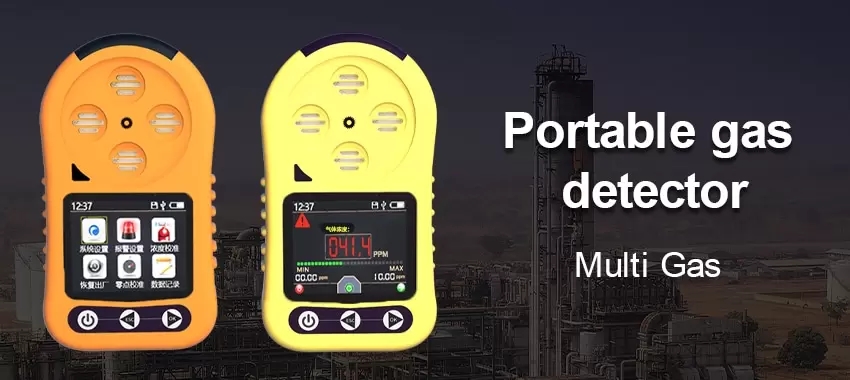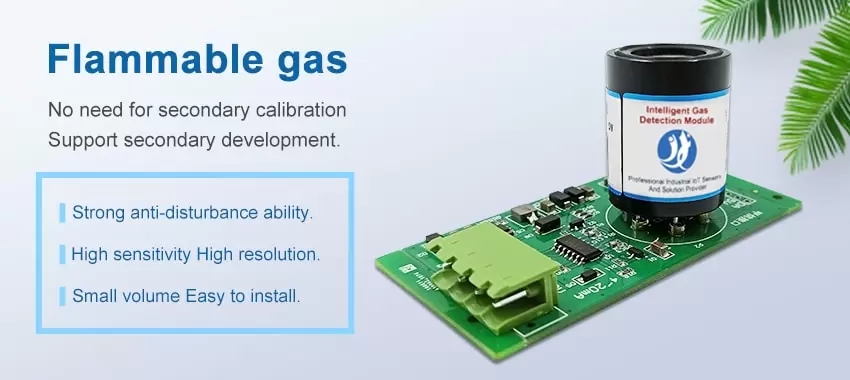The characteristics of methane sensor
The methane sensor is an instrument used to detect the concentration of methane gas. When methane gas leaks in the environment and the gas sensor detects that the gas concentration reaches the critical point set by the explosion or poisoning alarm, the alarm will send an alarm signal to remind workers to take safety measures and drive the exhaust, cut off, and spray system, To prevent an explosion, fire, and poisoning accidents.

The methane sensor adopts the explosion-proof ExdIMb sensor, which has high strength, good hand feeling, and is waterproof, dustproof, and explosion-proof. It has the characteristics of strong safety, quick response speed, and strong anti-interference ability. After a unique compensation algorithm and multi-stage standard gas calibration, it also has the characteristics of long life, high precision, high repeatability, and high stability. It is suitable for underground pipe corridors, underground parking lots, public toilets, garages, workshops, chemical plants, greenhouses, and other occasions where real-time monitoring of methane concentration is required. The equipment adopts a wide-voltage 10-30V DC power supply, the standard Modbus-RTU communication protocol, address can be set, the baud rate can be changed, and the communication distance is up to 2000 meters.


 : +86 155 8830 2704
: +86 155 8830 2704 : jxdziot@gmail.com
: jxdziot@gmail.com
